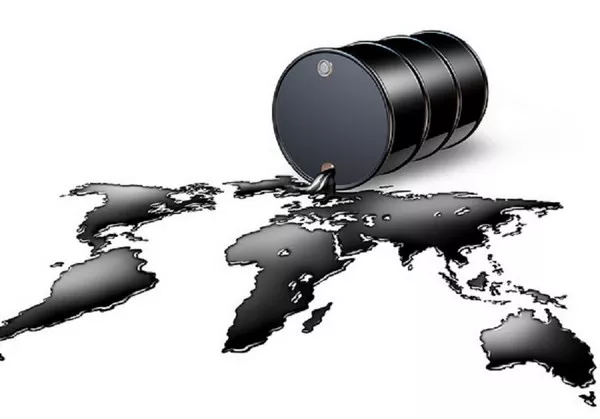West Texas Intermediate (WTI) crude oil prices edged lower during Friday’s Asian trading session, trading around $60.75 per barrel, as investors weighed growing concerns that global oil supply could soon outpace demand.
The downward pressure on prices comes amid signals from the Organization of the Petroleum Exporting Countries and its allies (OPEC+) indicating plans to ramp up oil production. According to Reuters, OPEC+ increased output by more than anticipated in April and is on track to add approximately 411,000 barrels per day in May. The group is reportedly considering a similar increase for July, potentially restoring up to 2.2 million barrels per day of supply by November.
These production plans come at a time when U.S. inventory data has also unsettled markets. The U.S. Energy Information Administration (EIA) reported a crude stockpile increase of 1.328 million barrels for the week ending May 16, defying market expectations of a 1.85 million-barrel drawdown. Although the build was smaller than the previous week’s 3.454 million barrels, it still pointed to softening demand.
Meanwhile, geopolitical tensions are adding a layer of uncertainty to the oil market. New U.S. intelligence indicates Israel may be preparing to strike Iranian nuclear facilities, according to CNN, despite ongoing diplomatic efforts by the Biden administration to reach a deal with Tehran. While no final decision has been made by Israeli leadership, any escalation would likely disrupt progress in the negotiations and heighten tensions in the Middle East—a region responsible for about one-third of the world’s oil supply.
All eyes are now on the upcoming U.S.-Iran nuclear talks scheduled for Friday in Rome. A breakthrough in negotiations could pave the way for the easing of sanctions on Iranian oil exports, further increasing global supply and potentially applying additional downward pressure on WTI prices.
As traders balance rising supply forecasts with geopolitical risks, volatility is likely to persist in the crude oil market.


